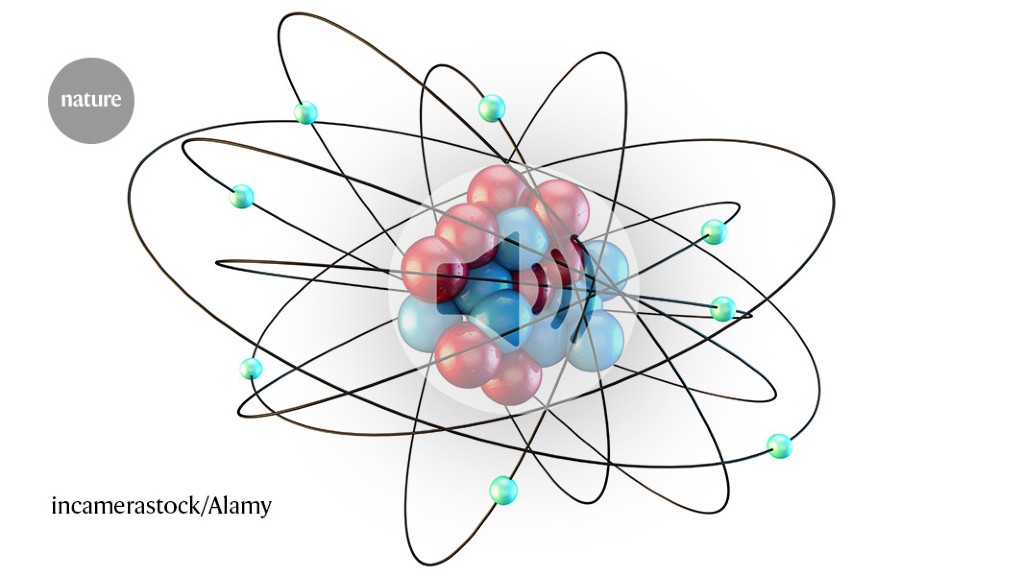Learning to Ride with a Drone: The Sim-to-Real Gap of Artificial Intelligence and the Strike of Humans
“This is the first time an artificial intelligence has defeated and beat humans in a competitive sport in real life,” says Elia Kaufmann, an engineer at Skydio, a company based in California that works on drones.
Computers have been beating humans at their own games for quite a while now. Deep Blue defeated Kasparov at chess in 1997. In 2016 Google built a program using artificial intelligence that could beat world champion Lee Sedol at the game of Go. AI programs have also bested humans at poker and several video games.
Every competition has been done on a board or desk. The computers have yet to beat people in a competition. It’s much harder to practice with a real world drone than it is with a real world board game. He referred to it as the sim-to-real gap.
The real secret to the drone’s success was derived from a technique called “reinforcement learning.” The team put the control code into a virtual version of a race course, and then sent it around and around in virtual space for an hour of computing time. The code kept practicing until it learned the best route.
Leonard Bauersfeld says that it means as fast as possible and all the gates are in the correct sequence.
Why the little drone is not a human-to-human race: Why scientists have no clue about the force holding nuclear nuclei together
The drone has plenty of limitations. Only the specific course it’s been trained in, and the environment they are in, can make it work. The course would be thrown off due to the changes in lighting. And the slightest things can send it spinning. Bauersfeld says that if a rival bumps it, it doesn’t know how to handle it.
The lack of flexibility that Bauersfeld says is part of the reason this technology can’t be easily fashioned into a killer military drone.
The new technology has a way to go and an accompanying commentary by a researcher at the Dutch university says that.
“To beat human pilots in any racing environment, the drone will have to deal with external disturbances such as the wind as well as with changing light conditions, gates that are less clearly defined, other racing drones and many other factors,” he writes.
Even if humans are ready for the jump, the little drone shows that this is doable if you have an artificial intelligence program.
Oxygen 28 is an isotope of oxygen with 20 neutrons and eight protons. Physicists have been looking for this weird isotope for many years, as its unusual properties would allow them to prove their theories of atomic nuclei. Physicists think they have seen oxygen 28 in decades of experiments. The observations are at odds with theory predictions, so they imply that there’s a lot more physicists don’t know about the forces that hold atomic nuclei together.
This time, the Indian Space Research Organization’s successful moon landing, and the low level of support offered to researchers whose first language isn’t English by journals.
